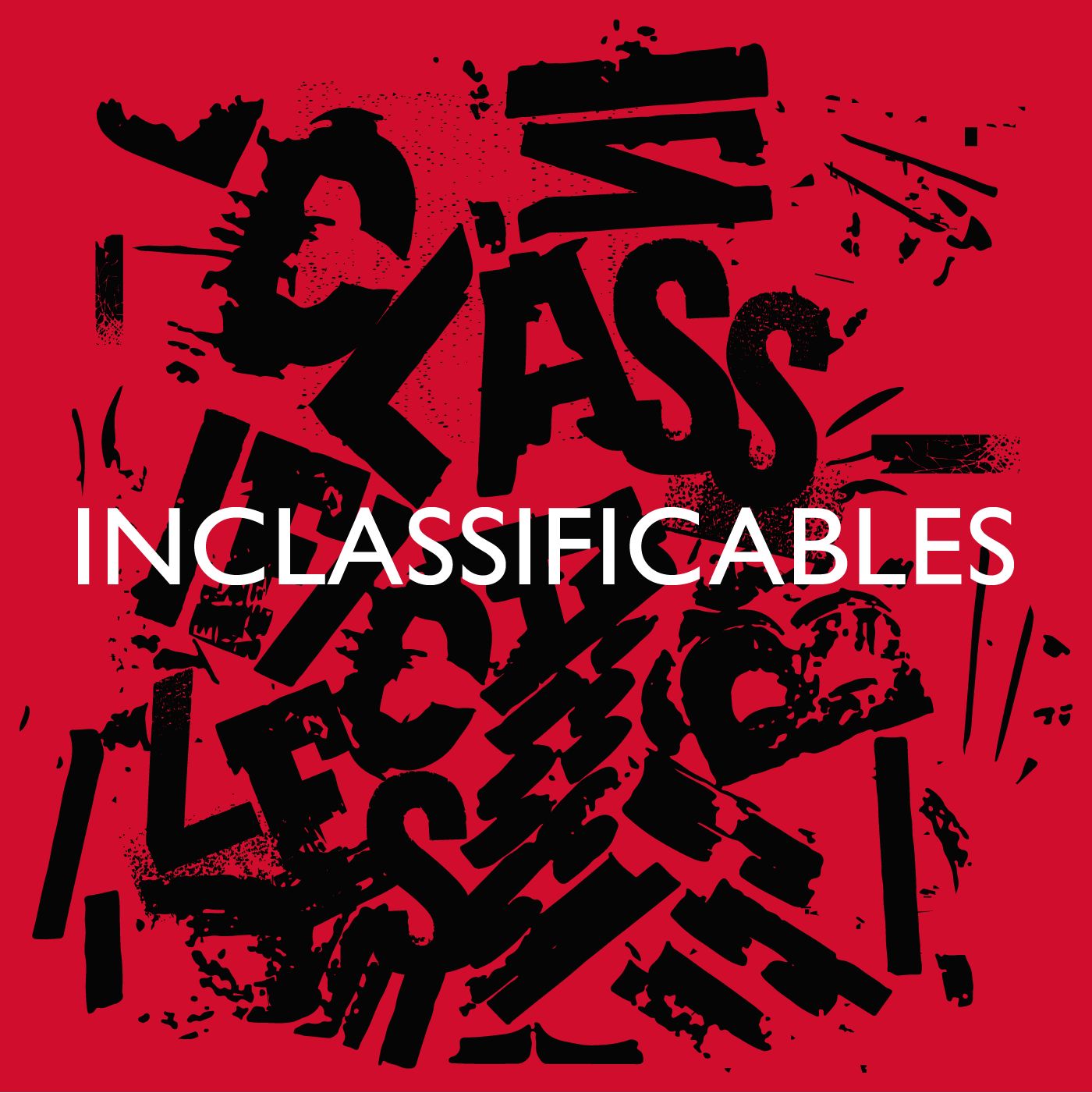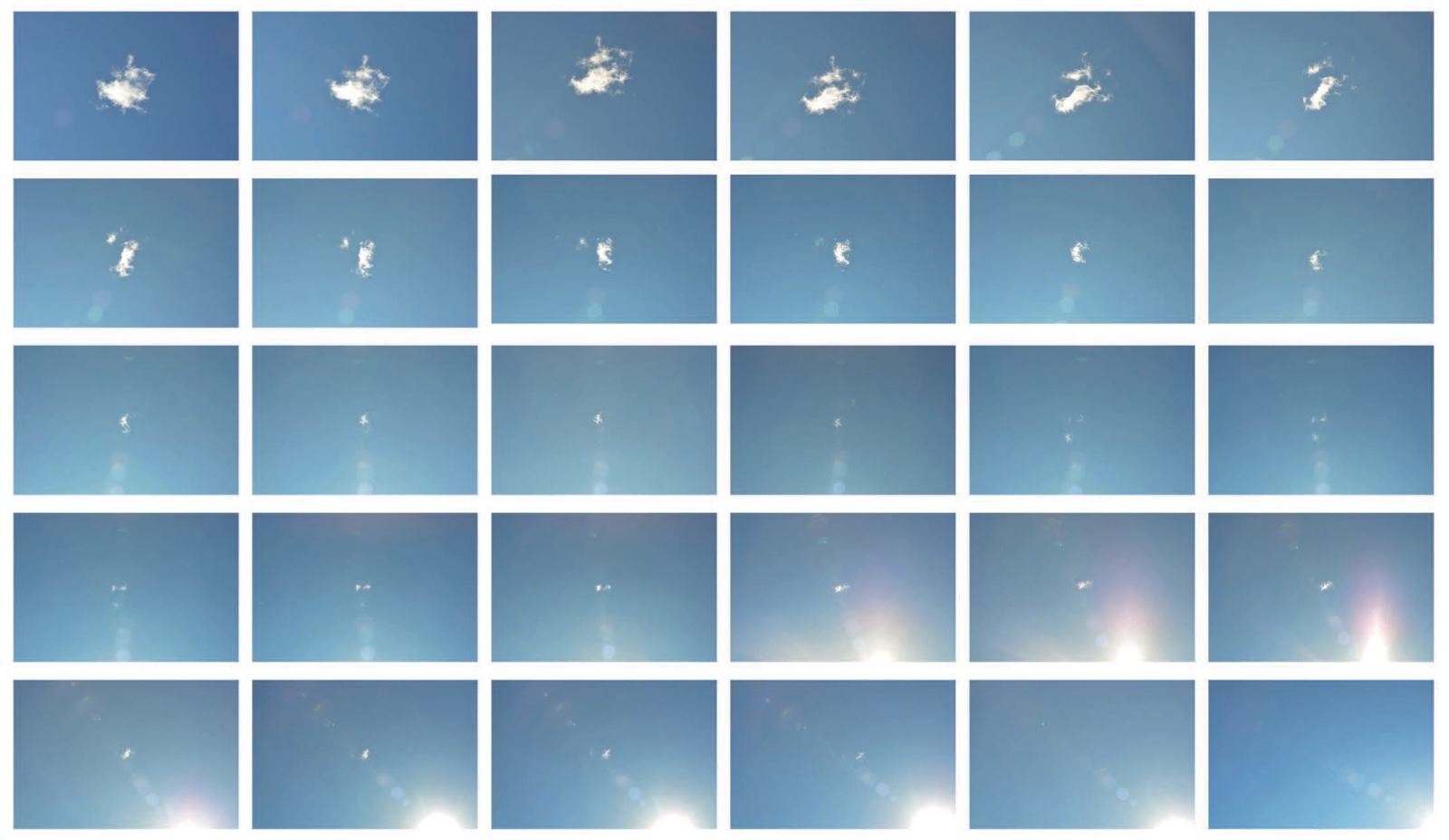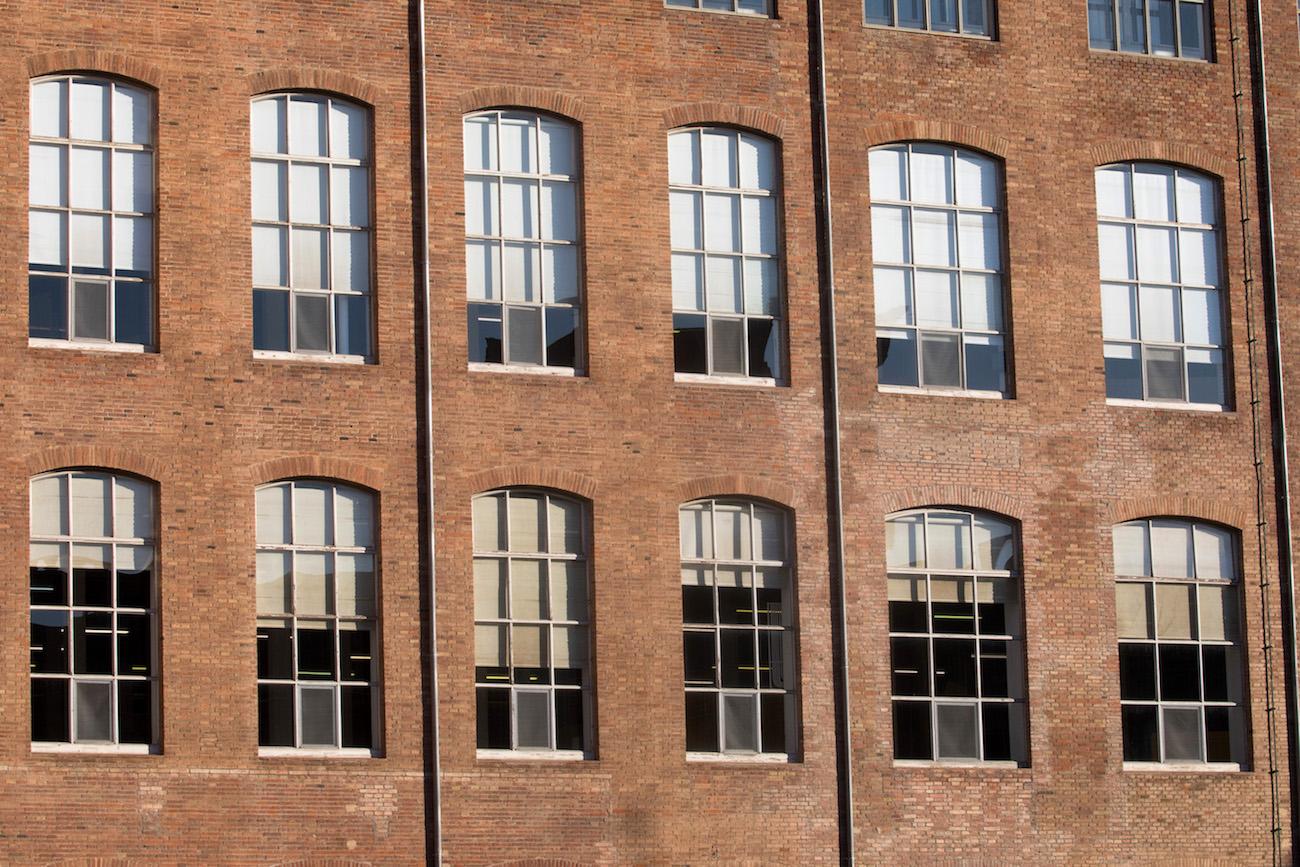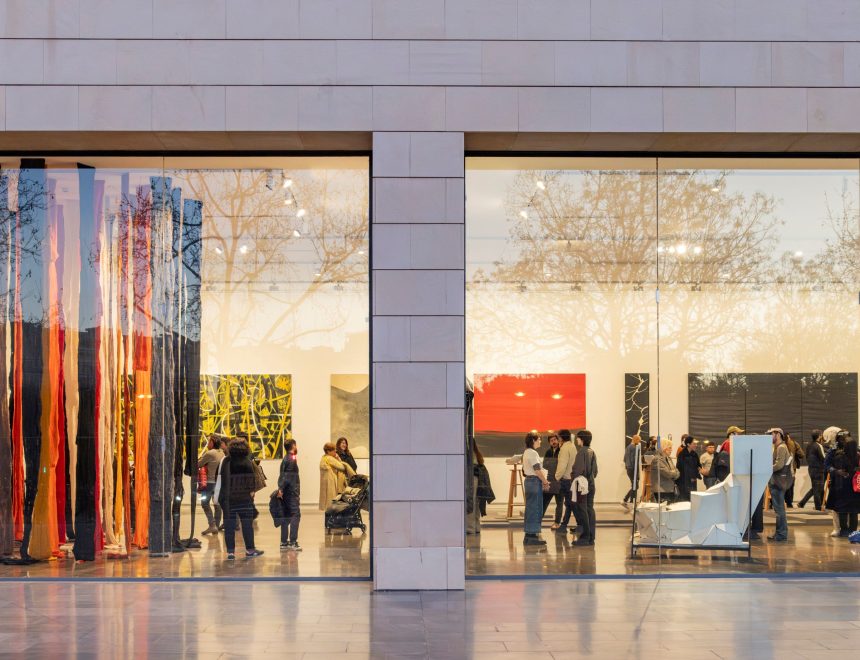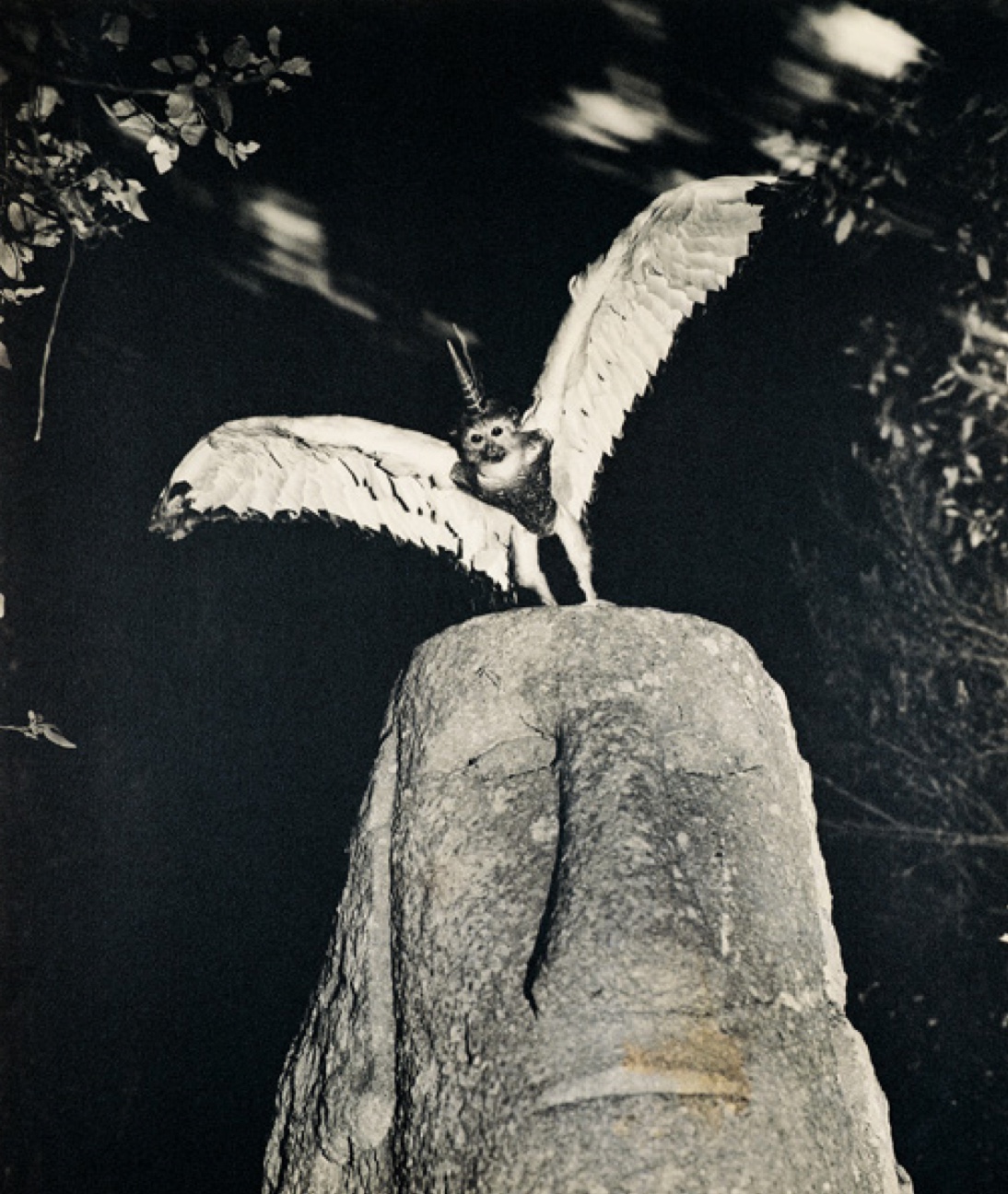Exhibitions
The terraces of the Nouvel building reopen as an exhibition space at the Reina Sofia Museum
A new outdoor exhibition presents sculptures that explore kinetic and geometric art in dialogue with public space.
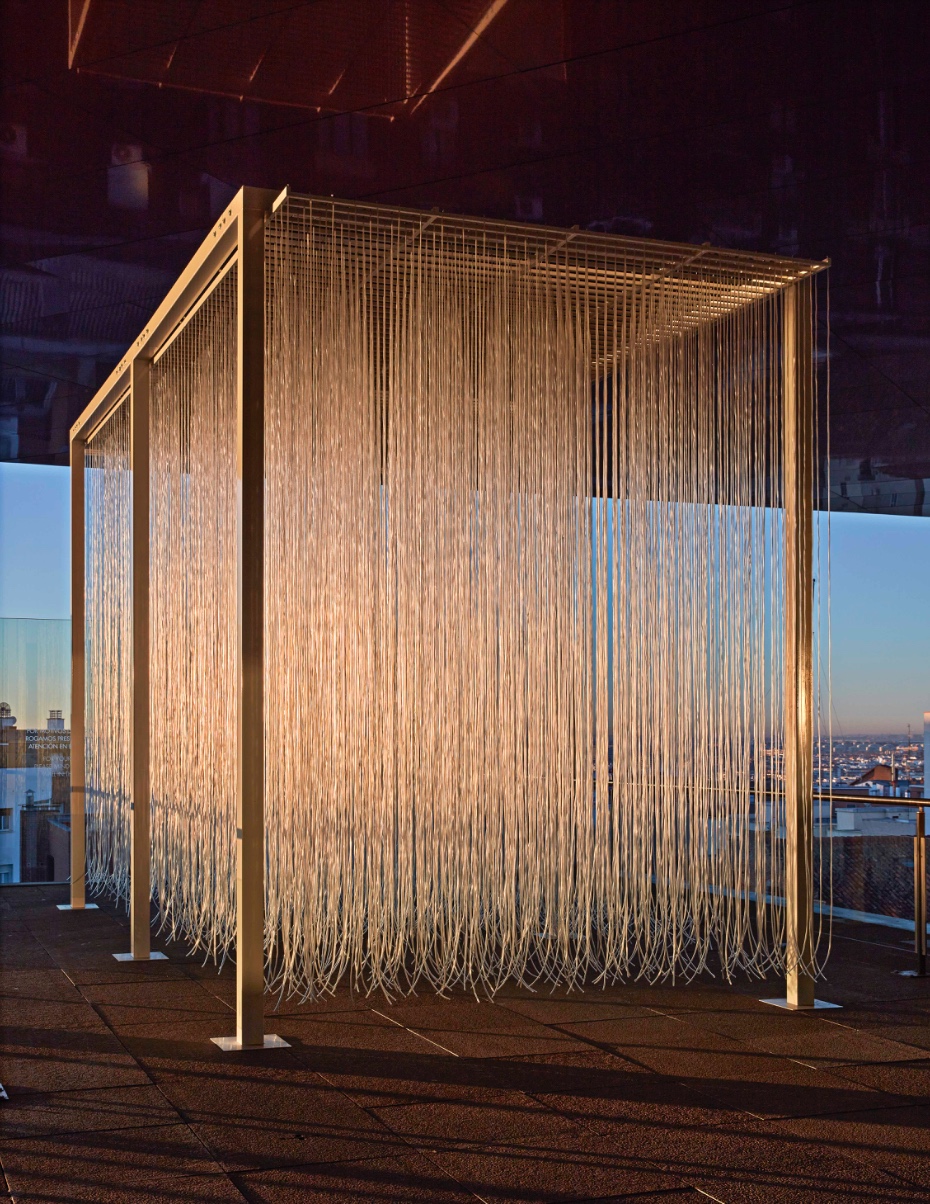
The Museo Nacional Centro de Arte Reina Sofia opens a new open-air room to the public on the terraces of the Nouvel building. Under the title A Different Order. Utopian Geometry and Kinetic Art on the Terraces of Nouvel, three sculptures from the museum's collection that had never been shown before are on display. At the end of the 1960s, minimalism gave sculpture a formal repertoire based on elementary geometric shapes, but it also gave rise to a new way of understanding the relationship between a work of art and its spectators: an openness to their participation and interaction. Now, this new open-air room at the Museum presents a series of works that emphasize the change in sensitivity that working with geometry entailed in those decades, a change that deserves to be highlighted with three of its great masters, both in Spain and Latin America.
On the one hand, we find the work of Jesús Rafael Soto (Ciudad Bolívar, 1923 - Paris, 2005), a key figure in 20th-century kinetic art in Latin America. His work Penetrable consists of a three-dimensional structure of suspended flexible PVC tubes, which invites the viewer to enter the work, transforming them from a simple observer into an active participant. This piece exemplifies Soto's desire to integrate the viewer into the work, encouraging a direct and personal interaction with the artistic space.
Next, we find Mediterránea 10 by Martín Chirino (Las Palmas de Gran Canaria, 1925 - Madrid, 2019), a prominent sculptor and founding member of the El Paso group, key in the renewal of plastic languages during the post-war period. This work, made of polished stainless steel sheet, presents empty volumes that unfold in a pendular rhythm, evoking aquatic landscapes and connecting with the island roots of the Canarian artist. It is part of the Mediterráneas series, inspired by his travels through Italy and Greece.
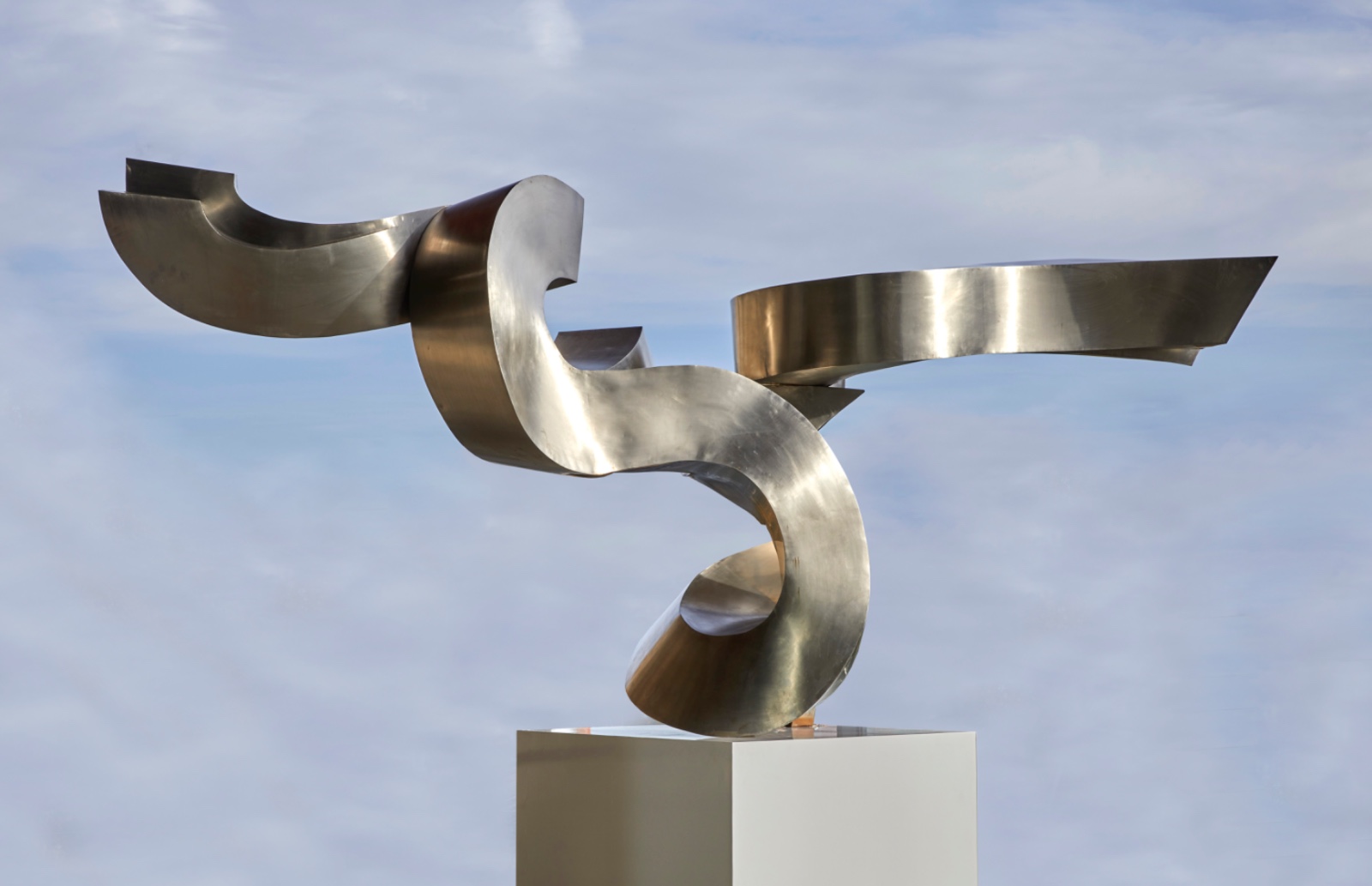 Mediterránea 10, Martín Chirino. Arxiu fotogràfic MNCARS
Mediterránea 10, Martín Chirino. Arxiu fotogràfic MNCARS
Finally, Vigilante rojo by Edgar Negret (Popayán, 1920 - Bogotá, 2012) stands out for its combination of geometric shapes with an industrial aesthetic. The sculpture, made of painted aluminum sheet, is made up of ten columnar elements arranged in a parabolic sequence. Its composition invites the viewer to explore it from different angles, highlighting the kinetic dimension of the work.
This initiative has transformed the terraces of the Nouvel building into a space for dialogue between art, architecture and the city of Madrid. The integration of these works in an open-air environment allows a new reading of geometric and kinetic art, highlighting its capacity to transform and interact with public space. In addition, this exhibition marks the beginning of the process of reorganizing the museum's permanent collection, which will be completed in 2028. The aim is to articulate a solid collection that is constantly being revised, establishing a common narrative based on the museum's holdings.
[rowa28a5]


